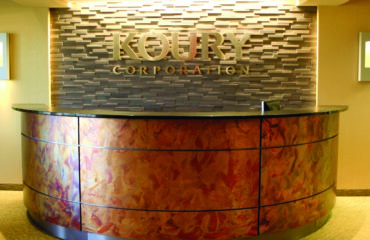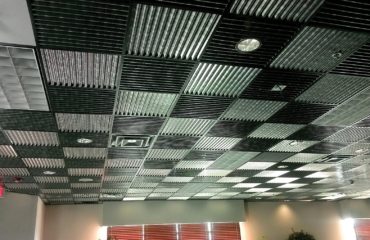The Moroccan Design Trend, Ogee: A Brief History
Interior designers have recently taken a particular interest in Moroccan design elements due to its ability to capitalize on the flexibility of the bold colors, unique textures, and exquisite fabrics. Moroccan shapes and designs showcase bright, magnetic colors, intricate geometric patterns, and layer upon layer of texture that takes can elevate an environment. Geometric shapes–the ogee in particular– is an interesting and subtle way to introduce Moroccan elements to any new or existing design style from traditional to modern.
The ogee shape sometimes referred to as Morocco, can trace its history all the way to ancient Persia and the Tomb of Cyrus the Great. The ogee is a curved shape consisting of a concave arc and vertical ends. As a pattern, it has an onion shape, in architecture, it is called an ogee arch composed of two ogees, mirrored left to right and meeting at an apex.
The shape has a deeply rooted history and was heavily used in the Gothic style of the 14th and 15th centuries. Although it is a common characteristic of European architecture, it was first introduced from the Middle East.
Ogee can be found throughout many types of designs—especially interior design and architecture. The flow and pattern evokes a whimsical feel while harkening back to ancient times in Persian, Greek, and Roman architecture.
It has been highly popular over the years—influencing interior designers, architects, artisans, and even landscape architects. It is no wonder then that this particular shape and pattern is one that is sure to be an enduring interior design element.
Today people use the Ogee shape to add beautiful texture to many surfaces. From fabrics to decor, and even wall coverings, this culturally rich shape can add that much needed special touch to any interior design.




